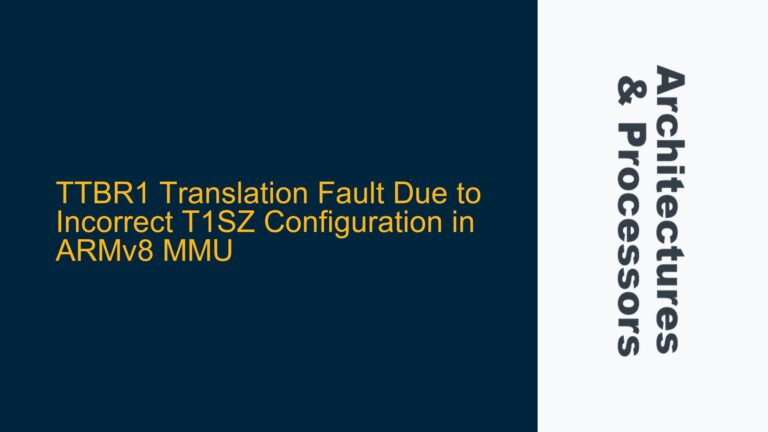APB Protocol PENABLE Signal Usage and Its Necessity
The Advanced Peripheral Bus (APB) is part of the ARM AMBA protocol family, designed for low-power, low-complexity peripheral interfacing. One of the key signals in the APB protocol is PENABLE, which plays a critical role in the two-cycle transfer mechanism of APB. The PENABLE signal is used to indicate the second cycle of an APB transfer, where the actual data transfer occurs. This signal is crucial for ensuring that the slave device is properly enabled and ready to accept or provide data.
In the APB protocol, the transfer process is divided into two phases: the setup phase and the access phase. During the setup phase, the address, control signals, and write data (if applicable) are driven onto the bus. The PSEL signal is asserted to select the slave device. In the access phase, the PENABLE signal is asserted, indicating that the transfer is in progress. The slave device uses this signal to latch the address and control signals, and to drive the read data onto the bus if it is a read operation.
The PENABLE signal is essential for maintaining the integrity of the transfer process. Without PENABLE, the slave device would not have a clear indication of when to perform the data transfer, leading to potential timing violations and data corruption. Additionally, the PENABLE signal allows the APB protocol to handle wait states efficiently. If the slave device is not ready to complete the transfer, it can assert the PREADY signal low, extending the access phase until it is ready.
Potential Issues with Using PSEL Alone or Tying PENABLE High
Using PSEL alone to enable the slave device, or tying PENABLE high, can lead to several issues in the APB protocol. Firstly, using PSEL alone would eliminate the two-cycle transfer mechanism, which is a fundamental aspect of the APB protocol. This would result in a single-cycle transfer, which is not compliant with the APB specification and could cause timing issues, especially in designs with multiple peripherals and complex timing requirements.
Tying PENABLE high would also disrupt the two-cycle transfer mechanism. In this scenario, the access phase would be continuously active, which could lead to incorrect data being latched by the slave device. This is because the slave device relies on the PENABLE signal to determine when to latch the address and control signals. If PENABLE is always high, the slave device may latch the data at the wrong time, leading to data corruption.
Furthermore, tying PENABLE high would eliminate the ability to handle wait states. The PREADY signal is used by the slave device to indicate whether it is ready to complete the transfer. If PENABLE is always high, the slave device would not be able to extend the access phase by asserting PREADY low, leading to potential data loss or corruption if the slave device is not ready to complete the transfer.
Implementing Proper PENABLE Signal Usage and Addressing Common Pitfalls
To ensure proper operation of the APB protocol, it is essential to implement the PENABLE signal correctly. The PENABLE signal should be asserted during the access phase of the transfer, following the setup phase where the PSEL signal is asserted. This ensures that the slave device has a clear indication of when to perform the data transfer.
One common pitfall in APB designs is the incorrect timing of the PENABLE signal. The PENABLE signal should be asserted one clock cycle after the PSEL signal is asserted, and it should remain high for the duration of the access phase. If the PENABLE signal is asserted too early or too late, it can lead to timing violations and data corruption. To avoid this, designers should carefully review the timing diagrams in the APB specification and ensure that the PENABLE signal is generated correctly in their RTL design.
Another common issue is the handling of wait states. The PREADY signal is used by the slave device to indicate whether it is ready to complete the transfer. If the slave device is not ready, it should assert PREADY low, extending the access phase until it is ready. Designers should ensure that their RTL design correctly handles the PREADY signal and extends the access phase as needed. This can be achieved by using a state machine to control the PENABLE signal and monitor the PREADY signal.
In addition to proper signal timing, designers should also consider the impact of PENABLE on power consumption. The APB protocol is designed for low-power operation, and the PENABLE signal plays a role in minimizing power consumption by ensuring that the bus is only active when necessary. By correctly implementing the PENABLE signal, designers can ensure that their APB design is both compliant with the specification and optimized for low-power operation.
Conclusion
The PENABLE signal is a critical component of the APB protocol, ensuring the proper timing and integrity of data transfers. Using PSEL alone or tying PENABLE high can lead to significant issues, including timing violations, data corruption, and the inability to handle wait states. By correctly implementing the PENABLE signal and addressing common pitfalls, designers can ensure that their APB designs are compliant with the specification and optimized for performance and power efficiency. Proper understanding and implementation of the PENABLE signal are essential for successful APB-based SoC designs.






